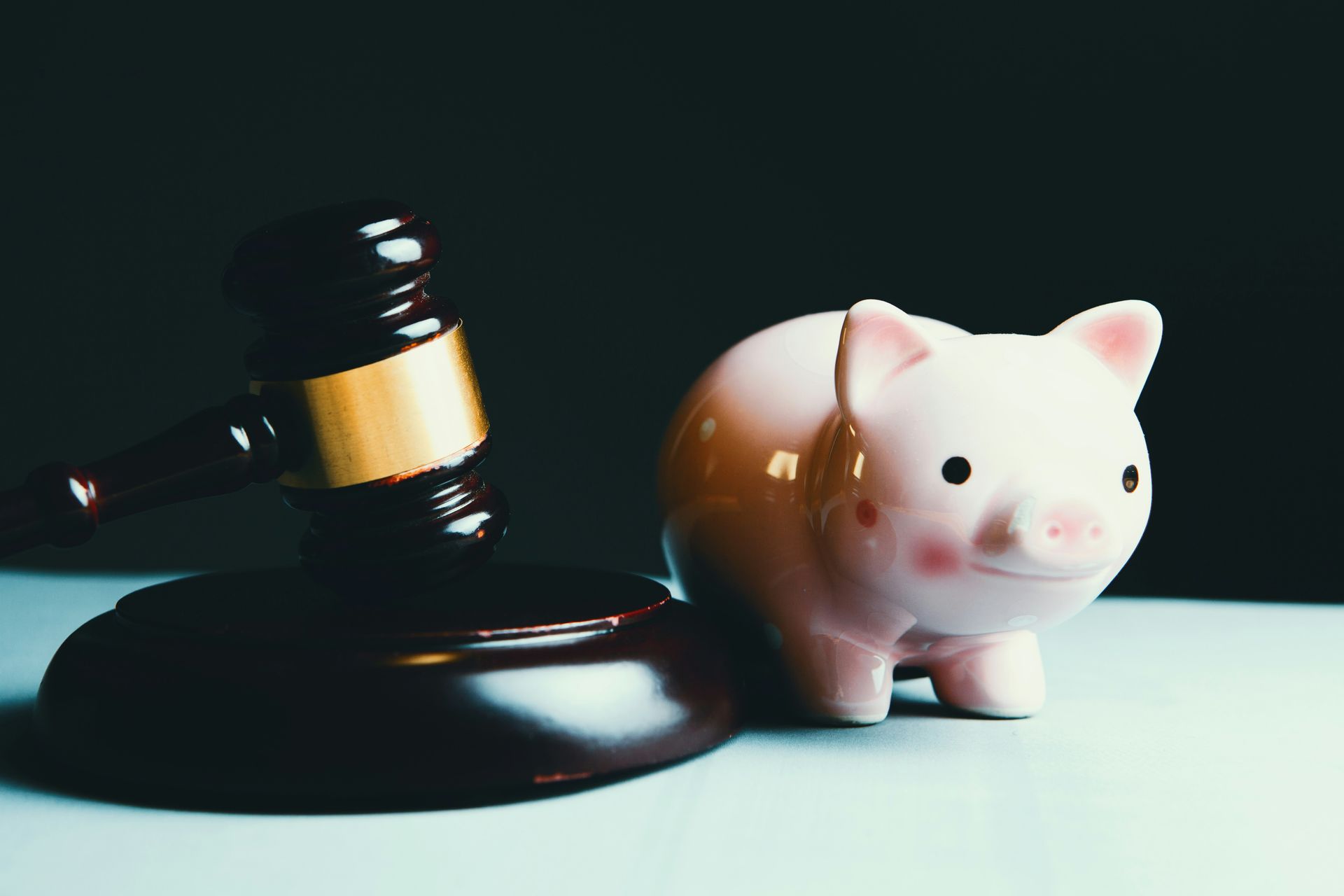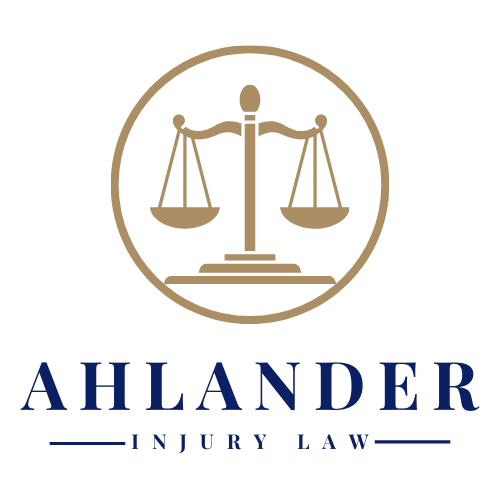What to Do Immediately After a Slip and Fall Incident
Experiencing a slip and fall accident can be unsettling and confusing, especially when it happens without warning. A seemingly minor fall could lead to unexpected injuries, mounting medical bills, and stress about your legal options. While every situation is different, you can take key actions right away to protect your well-being and preserve your rights should you decide to seek legal recourse.
Assess Your Safety and Health First
Your top priority after any slip and fall should always be your safety. If you can move without further injury, carefully get to a safe place away from potential hazards like wet floors, uneven surfaces, or obstructive debris. If you feel dizzy or in severe pain, remain where you are and, if possible, ask someone to call for medical assistance. Adrenaline can mask injuries, so never assume you are fine just because you feel minimal discomfort in the immediate aftermath.
Recognizing the possibility of internal injuries or hidden trauma is vital. Even as you focus on regaining your composure, keep in mind that the steps you take in these first moments can significantly affect the success of any future claim should you decide to consult with a professional.
Document the Scene and Preserve Evidence
Once you feel safe, documenting the scene becomes critical. Photographs and witness statements can protect you later if the cause of the accident is disputed. Use your phone’s camera to capture:
- The exact location of your fall and any contributing factors (e.g., liquid spills, uneven flooring, or loose cords)
- Warning signs (or lack thereof) indicating a hazard
- Weather and lighting conditions if relevant (especially important for outdoor incidents)
- Any visible injuries you have sustained
Keep copies of any pictures you take, and ask witnesses for their contact information. Ask them if they noticed any specific hazard, witnessed your fall, or have any additional details they can share. These accounts can bolster your case by corroborating your version of events, which can be crucial if legal disputes arise later.
Seek Prompt Medical Evaluation
Even if you think your injuries are minor, seeking immediate medical attention is crucial for your health and for establishing a clear record that links the incident to your condition. Slip and fall accidents often result in injuries that do not always present immediate symptoms.
A trained healthcare professional can detect and document any hidden issues, which may include concussions, sprains, fractures, or spinal injuries. This official diagnosis may prove vital if you decide to file an insurance claim or begin legal proceedings. Additionally, follow your doctor’s recommended treatment plan to help your recovery and avoid gaps in your medical record.
Avoid Common Pitfalls That Could Weaken Your Position
While you might be eager to put the incident behind you, certain avoidable mistakes can undermine your ability to seek fair compensation and protect your rights:
- Minimizing or dismissing your injuries: Even if you feel you can “shake it off,” take every concern seriously and follow medical advice.
- Posting about your accident on social media: It can be tempting to share your experience, but insurance companies or opposing parties can use social media posts against you. Restrict who can see your profile, and keep discussions about the accident or your condition offline.
- Not following through on medical care: Failing to refill prescriptions or skipping follow-up appointments could be interpreted as you not taking your injuries seriously.
- Giving statements without understanding your rights: If questioned by a property owner, insurance adjuster, or other party, avoid making statements that admit fault or downplay your injuries unless you have sought proper guidance.
Awareness of these common pitfalls can save you from unnecessary complications and help you maintain a stronger position should you decide to pursue legal action.
Report the Accident Promptly
Notifying the right individuals promptly can make a significant difference in establishing a proper record of your accident. Your specific reporting obligations vary based on the setting.
If you fall in a commercial setting, like a grocery store, notify the manager or property owner so they can file an incident report. For falls on public property, consider contacting the relevant local authority or agency responsible for the area.
Request a copy of any incident report, and keep it in a safe place. This document serves as official proof of your statement about what happened and when.
Consider Professional Guidance for Your Next Steps
Slip and fall cases can involve complex legal questions, especially when multiple parties or potential defendants are involved. You may wish to explore local laws and regulations to understand your rights. At Ahlander Injury Law, we focus on personal injury cases, including slip and fall accidents, and prioritize providing a clear understanding of your potential options.
During an initial consultation, you can discuss the facts of your situation, learn about possible legal strategies, and decide whether taking legal action is in your best interests. Taking advantage of professional guidance can help you avoid missteps and successfully navigate your claim’s complexities.
Learn Why Timely Action Matters
Time is a crucial factor in slip and fall cases. Most states enforce statutes of limitations, which strictly limit how long you have to start legal proceedings. Delaying essential steps—such as seeking medical care, notifying the property owner, or consulting with professionals—could jeopardize your ability to recover compensation.
Beyond legal considerations, timely action also helps you identify potential evidence before it disappears. For instance, a slippery substance might be cleaned up quickly, eliminating vital proof of the hazard. Witnesses’ memories can fade as well, making their statements less accurate over time. The sooner you act, the stronger your position will be if you choose to file a claim.
Discover the Value of Proper Documentation and Care
Not every slip and fall incident results in injuries serious enough to warrant a legal claim, but careful documentation and proactive measures can benefit you in both minor and severe cases. In situations where your injury may have lasting effects, thorough documentation ensures you have the information you need for insurance claims, potential rehabilitation, and peace of mind.
Falls account for over 8 million hospital emergency room visits each year. With these statistics in mind, slip and fall accidents should not be dismissed as trivial events.
Maintain Peace of Mind and Protect Your Rights
A slip and fall can be an alarming experience that disrupts daily life, leaving you uncertain about your health and legal standing. With the right steps, you can safeguard your rights, secure a thorough diagnosis of your injuries, and ensure you have the support needed if you choose to explore legal options.
It is within your power to regain control after a slip and fall accident. Collect the evidence you need, get prompt medical attention, and seek a qualified professional’s thoughts on how to move forward. Each of these decisions contributes to a solid foundation for both your recovery and potential legal claim should you decide to pursue one. If you have questions about your circumstances, reach out to Ahlander Injury Law for personalized legal support.





